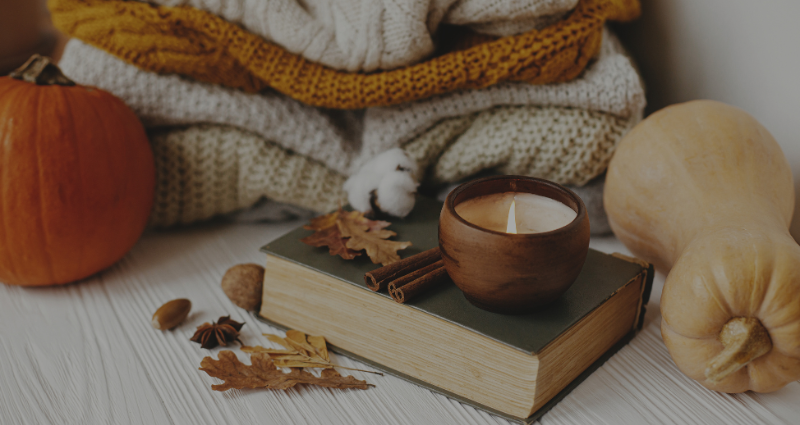5 minutes to: creating a memorable logo
An impressive and more importantly memorable logo, is an essential cog in the machine of your business. This is because it's one of the first interactions a potential customer will have with your brand.
%20(14).png)
As Luffarelli et al. (2019) says; “A well-designed logo can offer substantial benefits to brands. It can help pique the interest of consumers, differentiate brands from competitors, facilitate brand recognition, influence investors’ decisions, and convey what a brand is all about.”
Colour
When deciding what colours to use in your brand logo, it’s important to first consider how you want the consumer to feel when they see it. As discussed in one of our previous blog posts, different colours evoke an array of emotions in people so it’s important to target the appropriate character. Kumar (2017) advises “Companies also use colour when deciding on brand logos. These logos seem to attract more customers when the colour of the brand logo matches the personality of the goods or services, such as the colour pink being heavily used on Victoria’s Secret branding”.
For example, you wouldn’t design a logo for a motorcycle garage in baby pink, or all black for a wedding dress shop logo, as the message and visual branding would be in conflict. However, there are some examples where this route of design can work in your favour, for example the band Babymetal’s logo. It tells you the members are young with angel wings, but the gritty and raw colours and textures used make it clear their style is heavy metal.
Shapes
The shapes you incorporate in your logo can bring depth and further messaging. This helps you to lessen the amount of text used to convey your message and instead show off your creativity as a brand. To highlight some famous examples, Fedex’s logo has a hidden arrow which can be interpreted as forward motion, delivery and direction. Meanwhile, the logo for the Tour de France hides a cyclist in the middle of its wording.
Even though this message is a lot more hidden, because of the style of the text, it melts together to create one fluid style so you are still likely to remember it even if the message doesn’t become clear until the next time you see it. As Eldem (2009) wrote “What consumers see in an advertisement consciously is at rate of 1/1000. The remained 999/1000 is the details not meaningful such as pictures, shapes, symbols and the human brain keeps these details in unconscious in a specific index according to its own importance order” This is the art of using subliminal messaging in design; attract the consumers attention first, then they will keep coming back once they learn the message.
Typography
The right choice of typography is the next step to creating your perfect logo, and again the first piece of advice here is to follow the personality of your brand. For example if you were running a fashion magazine you might aim for larger text, serif font families and a minimalist colour scheme. On the other hand, a company creating smart learning toys for children would lean towards fun fonts, with wacky shapes and colour. For example below, the famous Elle magazine uses a formal serif font in a classic black, meanwhile the logo for Hamleys is much more playful boasting a red sans serif font, accented with gold stars.
Layout
Now we move onto layout. Think of this as how you want to arrange the different ideas for your logo into a cohesive piece of art on your page. When starting to plan how your logo will be laid out, you should first consider where you expect your logo to be used, for example web pages, product packaging, billboards. This is important as you want to be sure it will fit in wherever it is placed. Once you have a layout you are happy with, you should consider what similar layouts you might need. Do you work with other brands or have different branches in your business? Then you need to think about how your logo can be arranged to accommodate different variations. For example below, observe how the team at Wanderlust have set out clear plans for how co-branding can work with their logo. Usually this is done by choosing a letter from your logo and using it as a spacing measurement. However if your logo is a more graphic style you can use another aspect of your logo to do this.

.png)
.png)

%20(51).png)
%20(50).png)